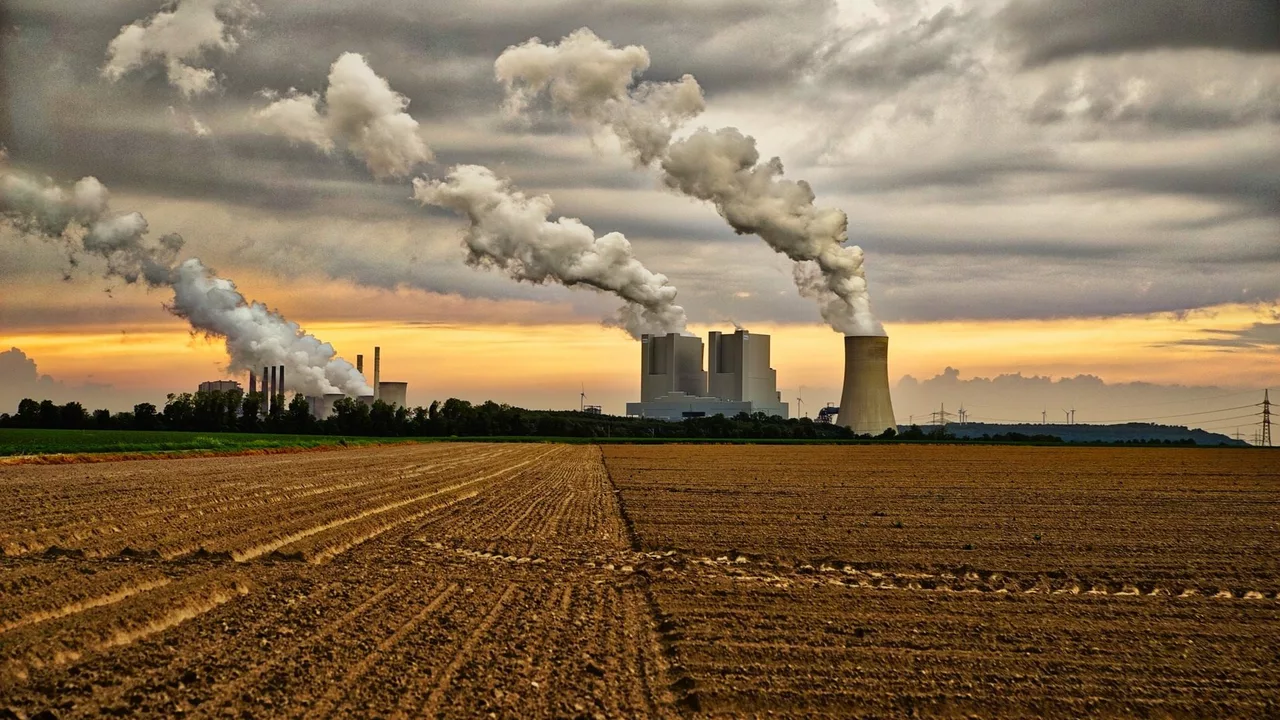Tracing the Carbon Footprint: Emissions from Coal
I remember the chilling winter nights in my dear nan's house. She had this quaint, old-style coal furnace that she stubbornly refused to replace. The sooty smell it used to permeate around the house makes me nostalgic. As a kid, I loved those crackling sounds of coal burning; it was like the furnace trying to speak its own language. Now that I look back and reminisce about the warm, toasty days of my childhood, I also acknowledge the environmental cost we have been paying for using coal as a fuel.
Coal, a fossil fuel is one of the major sources of energy worldwide. However, the combustion of coal emits a substantial amount of carbon dioxide (CO2), one of the greenhouse gases responsible for global warming. According to the International Energy Agency, coal-burning represents one-third of all CO2 emissions from fossil fuels. It's like having an uninvited guest at a party who not just eats most of the food, but also makes all the mess.
Increases in these greenhouse gases are expected to cause a global temperature increase of 2-5°C by the end of the century. This warming is predicted to increase the intensity and frequency of extreme weather events such as drought, flood, and hurricanes. Think about it, our want for energy could eventually give us the need to build Noah's Ark 2.0. And I don't mean the fun part with animals in pairs.
The Venomous Vapors: Air Quality and Health Impacts
The smoky whiffs of air that come from a lump of coal might be nostalgic for some, including me, Abigail (that's my spouse) says it makes her eyes water. But on a serious note, coal combustion releases several toxic gases and particles into the atmosphere, including sulfur dioxide (SO2), nitrogen oxides (NOx), and mercury. And no, these aren't the names of some cool new indie bands.
Sulfur dioxide and nitrogen oxides are major contributors to acid rain, a phenomenon causing substantial damage to soil, plants, and aquatic ecosystems worldwide. Apart from causing beautiful marble structures to lament with their decaying beauty, it turns rivers and lakes so acidic that the underwater life kicks the bucket faster than fish out of water.
Mercury emissions from coal pose a significant threat to human health. It can affect the nervous system, leading to poor mental development and cognitive abilities, especially in children. It's like a real-life evil fairy tale witch, not the lovable, misunderstood ones we see in the movies these days.
A Mountain of Ash: Solid Waste Generation
Do you remember that time when you just couldn't find your favorite baseball cap and it was right there lying under a pile of laundry? Now, imagine a mammoth of a pile, and it’s not your favorite cap under it, but the fertile soil, flourishing vegetation, and free-flowing streams. That’s what the ash and slurry dump from coal-fired power plants do to the landscape.
The combustion of coal in power plants generates a considerable amount of solid waste, namely fly ash, bottom ash, and boiler slag. These by-products, if not managed properly, can lead to soil and water pollution. The hefty amount of ash and slag from the coal power plants is like persistent suitors; you say no, but they keep piling on.
The indulgence of heavy metals like arsenic, lead, and mercury in this waste poses a risk to both aquatic and terrestrial ecosystems. Even when waste is stored in ash ponds, the risk of leakage or catastrophic failure can lead to contamination of local groundwater and surface waters. The last time we checked, morphing into a superhero after ingesting toxic stuff only happens in the movies, not in real life.
The Scarring Scars: Ecological Impacts of Coal Mining
Before coal can even get to the power plants, it has to be mined. Coal mining, especially mountain top removal mining, can have drastic impacts on the landscape. Vegetation is cleared, and topsoil is removed to expose the coal seams. It's like getting a bad tattoo, and only worse because the earth can't decide to let the skin heal or get a cover-up.
Coal mining results in the loss of habitat for many species. It’s like coming home one day to find your house replaced by a mall. Abigail, remember how distraught she was when the crows that used to sit on our fence every morning disappeared because the tree they sat on was cut down. She still takes a moment to look out of the window let down by the absence of her feathered friends.
Landslides are also a common occurrence in coal mining regions, due to the disruption of natural drainage patterns. Moreover, the acidic water seeping out from the coal mines, also known as acid mine drainage, can severely affect local water bodies and ground water. The rivers run orange, but not in a romantic sunset kind of way, more of a dystopian horror movie scenario.
Canary in the Coal Mine: Climate Change and Biodiversity Loss
Global climate change fueled by coal combustion poses a significant threat to biodiversity. Changes in temperatures and precipitation patterns can cause shifts in plant and animal distributions, thereby disrupting ecosystems. Rising sea levels resulting from the thermal expansion of water could lead to the loss of coastal habitats. The sea turtles are losing their nests, and the polar bears are losing their ice. And it's not just about them being poster animals for environmental campaigns, it stands testament to an undecided future we're scripting for our fellow earthlings.
Moreover, ocean acidification due to increased CO2 is a bane for marine life, particularly for coral reefs and shell-forming organisms. Imagine sipping on cola all day, every day. Your teeth would hate you right? Similarly, the incessantly acidifying oceans are causing corals and shell-forming sea creatures to literally dissolve away. Although I am not a 'merman' (as much as Abigail laughingly says I am), the water-ridden part of our world is under threat and it concerns us as much as the one above water.
So, in the light of our deeply intricate relationship with coal, it seems like a huge gamble. Yes, we need the energy to power our lives and coal seems to be a readymade answer, but it comes with a magnanimous environmental price tag. Can we afford it? Or more importantly, can our Mother Earth afford it? Well, that's something to mull over a cup of hot cocoa, preferably not heated over a lump of coal.
About the author
Caspian Thornwood
Hello, my name is Caspian Thornwood and I am an environmental expert with a passion for writing about our planet. I live in Melbourne, Australia, with my wife Abigail and our beloved children, Flynn and Delaney. Our extended family also includes Toffee, our Golden Retriever. When not studying and writing about the environment, I find joy in hiking, photography and gardening. I have dedicated my life to studying the impacts of human activity on the environment and finding sustainable solutions. I enjoy sharing my knowledge through articles, books, and presentations in order to educate and inspire others to protect our planet. In my free time, I love to explore the great outdoors and stay updated on the latest environmental research. Join me in my journey to preserve and restore the beauty of our natural world.
Write a comment
Random posts
-
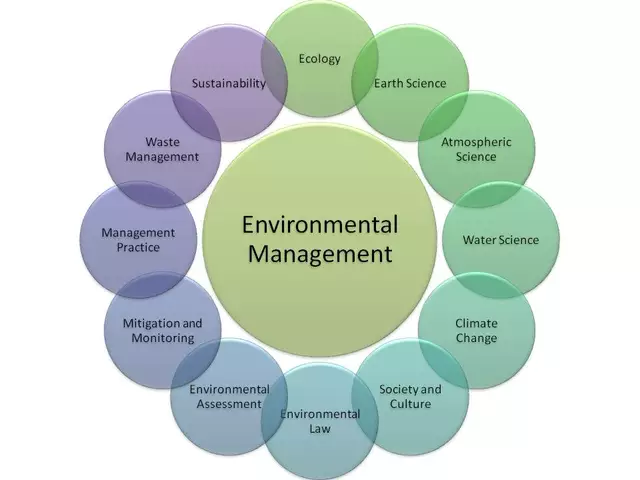
Can the exploitation of natural resources be sustainable?
In my exploration of whether exploiting natural resources can be sustainable, I found that it's a complex issue. While we rely heavily on these resources, overexploitation can lead to environmental degradation. However, with careful management, the use of renewable resources can potentially be sustainable. The key lies in balancing our needs with the preservation of the environment. Stricter regulations, technological advancements, and a global commitment to sustainability could make a significant difference.
-
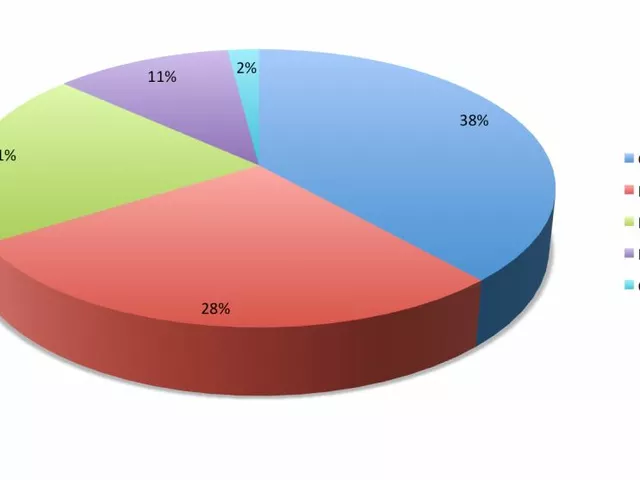
What is the worst kind of renewable energy?
Alright folks, buckle up for a wild ride through the world of renewable energy! Now, as much as I'm a fan of green power, I gotta admit - some sources are more problematic than others. Drumroll, please...and the award for the most troublesome renewable energy source goes to... biomass! Yep, you heard it right. Despite its "renewable" label, biomass can be terribly inefficient and it's practically a party pooper for the environment with its significant carbon emissions. So, next time you hear "biomass", think twice before you put on your party hat!
-
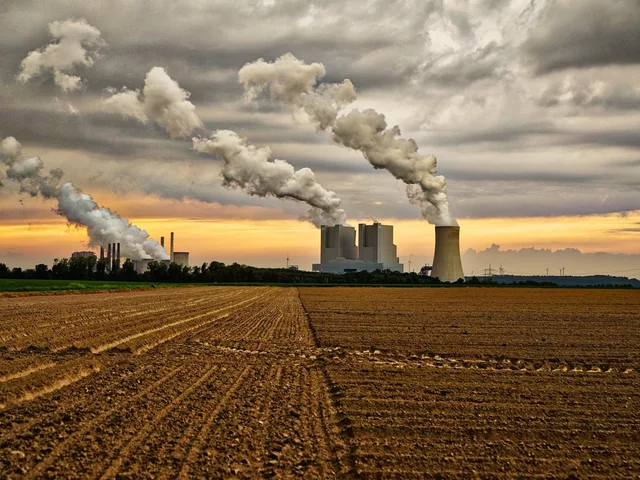
What are the environmental impacts of using coal as a fuel?
Well, folks, I've been digging deep into the coal mine of knowledge to bring you the dirt on our favorite fossil fuel. Turns out, it's not all sunshine and rainbows, coal has a pesky habit of causing a few environmental issues. Get this, when we burn coal, it releases a cocktail of gases, including carbon dioxide, which is like a personal trainer for global warming, making it bigger, stronger, and a whole lot scarier. Not to mention, it also generates a bunch of waste products that would make even the most hardened garbage man cringe. Plus, coal mining operations aren't exactly a walk in the park for our lovely landscapes, leaving them looking like a lunar landing site. So, while coal might've kept our ancestors toasty, it seems the environmental cost is a bit of a cold shower!
-
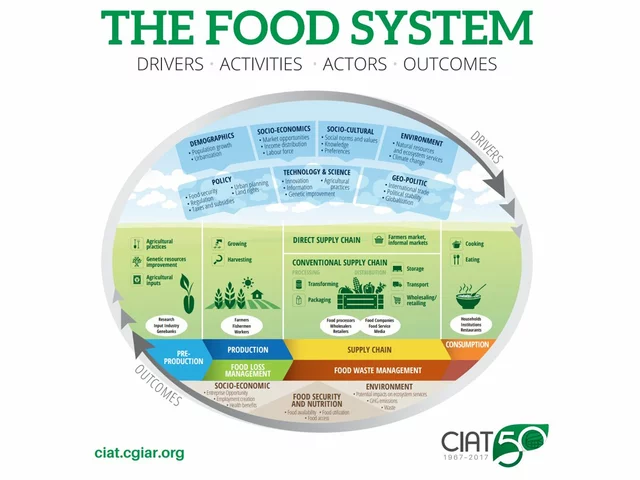
What are natural resources that are not economical?
In exploring the topic of natural resources that are not economical, it's crucial to understand that not all resources come with a price tag. Some like air, sunlight, and water in many parts of the world, are freely available and not traded in markets, thus lacking an economic value. Yet, they're fundamental to all life. Other examples might include scenic beauty and biodiversity, which are priceless and irreplaceable. It's important to remember that economic value doesn't equate to overall worth.
